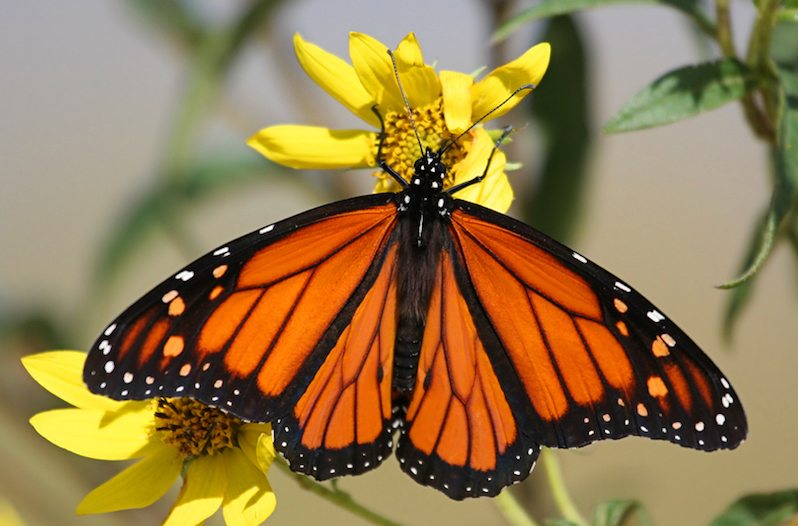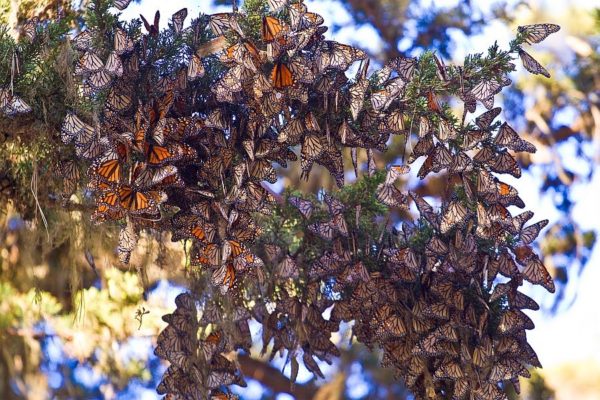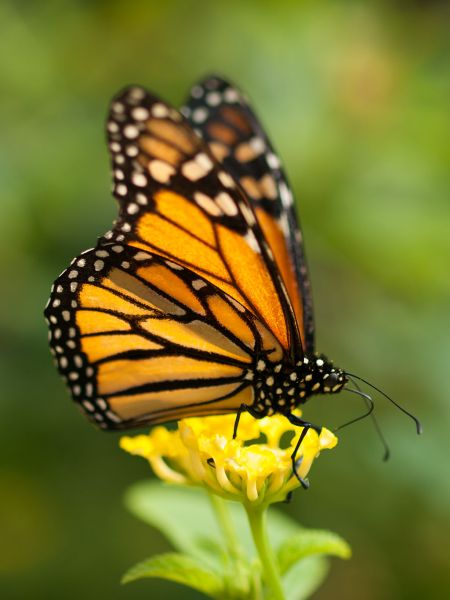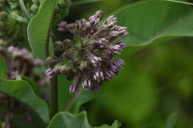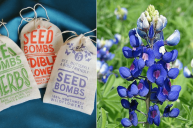This fall, Texans will be treated to the beautiful sight of millions of "super" monarch butterflies as they migrate southward. Here's what to be on the lookout for, and how you can help the butterflies.
Videos by Wide Open Country
Why do monarchs migrate?
Monarch butterflies migrate for the same reason birds do - they cannot handle the brutal northern winters. Their path of migration takes them to Mexico each fall, where they will gather in astounding numbers and create an incredible spectacle.
Their path southward usually leads them through Texas, which means that Texans will get to see millions of monarchs within the remaining days of September and into early October.
What is special about this migration?
When they reach the Lone Star State, the butterflies will be in a stage of life that is especially hearty, known as "super monarchs."
Every year, the monarch population takes on four life stages. The last one is called "super monarchs" due to their unusually long lifespans. While average monarch butterflies live about a month, super monarchs can live for 80 days.
During the beginning of their journey, they mostly won't be able to breed. Their main purpose for this part of their life will be to feed and travel. However, once they have reached full maturity, they can then lay eggs.
This means that during this migration, the butterflies that travel all the way through Texas through to Mexico will be part of the same generation.
Why are monarchs important?
As the science world continues to worry about the decline of bees, monarchs are another kind of pollinating insect. Monarchs pollinate brightly colored wildflowers, which, in turn, helps the bees to thrive. When pollinating insects experience a decrease in population, trees die, crops suffer, foliage falters, and that affects the food chain of the entire planet.
READ MORE: The Monarch Butterfly Needs Texas' Help
Some folks have planted butterfly gardens full of plants that attract and feed the monarchs, but if you didn't get to that this year, you can still look around your yard and remove plants that harm the butterflies.
An invasive species of milkweed, for example, is attractive to super monarchs. Tropical milkweed blooms late in the season and is a viable place to lay butterfly eggs. However, eggs laid by a super monarch can't survive if temperatures drop below freezing. Therefore, if they deposit their eggs on this tropical milkweed too far north, then the next generation may never hatch.
